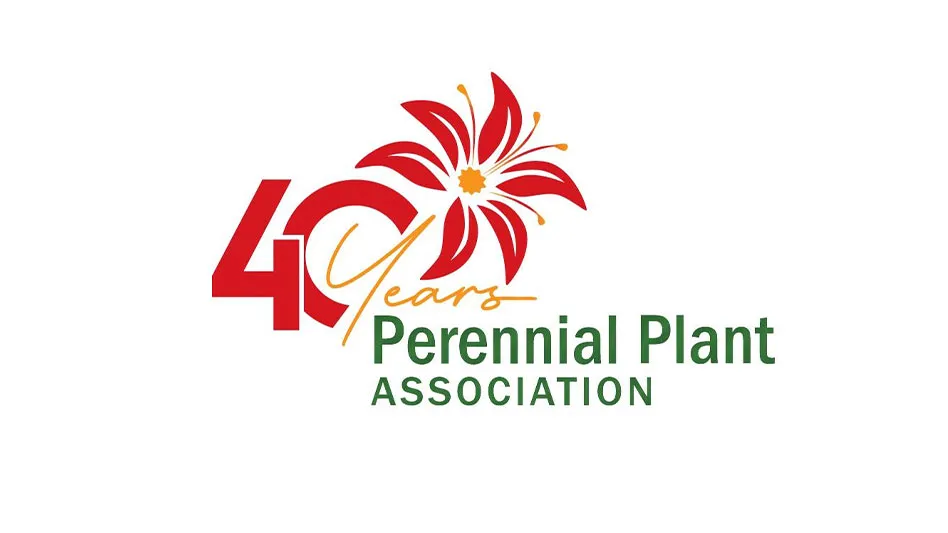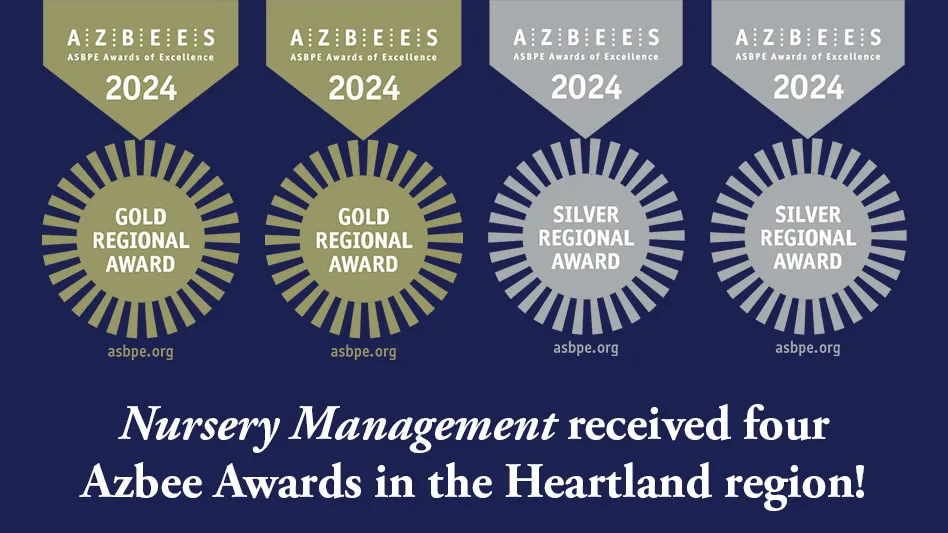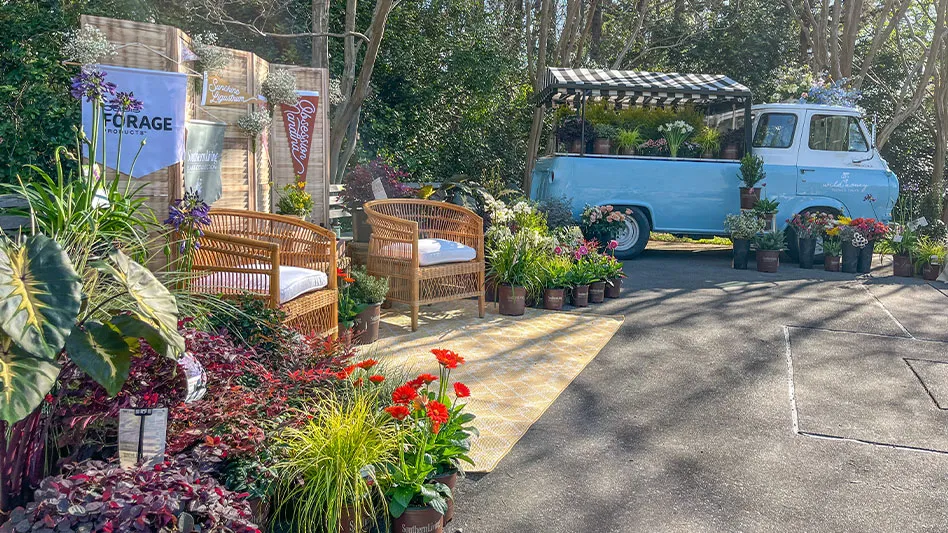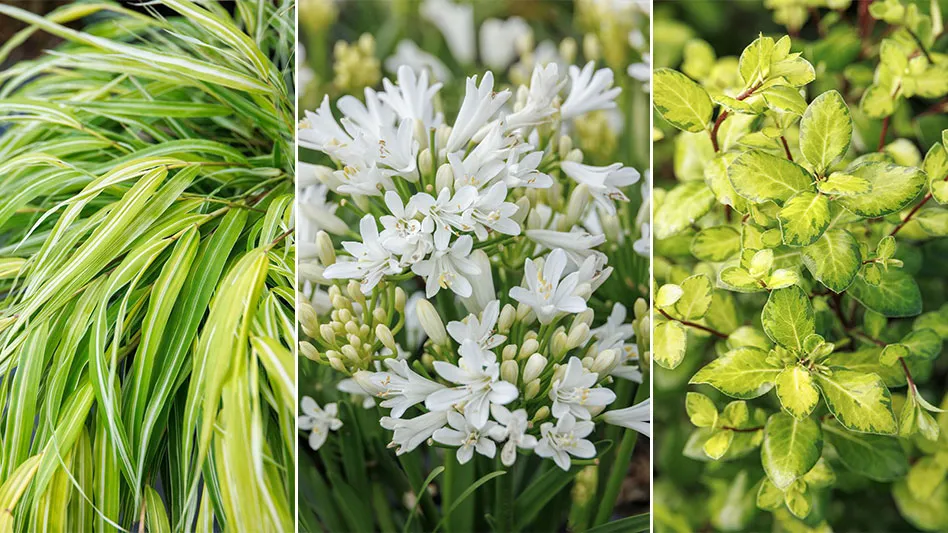 In 2010, the Connecticut Invasive Plant Council’s task got tougher. The agency develops and maintains a list of invasive and potentially invasive plants, then recommends whether they are allowed to be sold or banned outright in the state. But in 2010, the council was given enforcement authority over invasive plant laws. Bill Hyatt, the Department of Energy and Environmental Protection’s bureau chief of natural resources and the chairman of the Connecticut IPC, says this led to a tricky situation. The council had the ability to enforce these laws, but with an unresolved question regarding cultivars. Should they be treated differently than the base species?
In 2010, the Connecticut Invasive Plant Council’s task got tougher. The agency develops and maintains a list of invasive and potentially invasive plants, then recommends whether they are allowed to be sold or banned outright in the state. But in 2010, the council was given enforcement authority over invasive plant laws. Bill Hyatt, the Department of Energy and Environmental Protection’s bureau chief of natural resources and the chairman of the Connecticut IPC, says this led to a tricky situation. The council had the ability to enforce these laws, but with an unresolved question regarding cultivars. Should they be treated differently than the base species?
So Hyatt asked for a ruling from DEEP’s legal counsel. The report he received said that if a plant species is prohibited, then all cultivars of that species are prohibited as well.
Dave Goodwin, general manager of Planters’ Choice Nursery and a member of Connecticut’s IPC, believes cultivars should be judged on their own merits.
“They have been selected or bred for certain attributes,” he says. “As such, they exhibit different characteristics from the straight genus and species.”
This issue is far from finished. The IPC is working with the academic community to determine how cultivars fit in from a scientific standpoint and provide input on how they should be regulated.
Innovate before it’s too late
Berberis thunbergii (Japanese barberry) and Euonymus alata (burning bush) are two valuable landscape shrubs that represent millions of dollars annually through the sale of cultivars. In Connecticut, Japanese barberry is not banned, but members of the Connecticut Nursery and Landscape Association voluntarily agreed to stop growing and selling it last year. Both burning bush and Japanese barberry are on the state’s invasive plant list as “potentially invasive,” with asterisks noting that while the species is known to be invasive, it has cultivars that have not been evaluated for invasive characteristics.
Mark Brand, a professor of horticulture at the University of Connecticut’s Department of Plant Science, is testing the invasive potential of these cultivars to determine if they pose a similar threat as the parent species and working to create sterile forms of each species.
Goodwin says there are major differences between barberry cultivars.
 “You might have one like Golden Nugget or Bonanza Gold that produces one or two seeds per year, which is very little seed production versus Rose Glow,” he says. “The data Mark Brand has collected backs that up. As far as the amount of seeding these particular cultivars do, it’s all over the board. If you were to ban any genus or species and all cultivars under it, you’re throwing the baby out with the bathwater. And you’re destroying the market in place for those plants.”
“You might have one like Golden Nugget or Bonanza Gold that produces one or two seeds per year, which is very little seed production versus Rose Glow,” he says. “The data Mark Brand has collected backs that up. As far as the amount of seeding these particular cultivars do, it’s all over the board. If you were to ban any genus or species and all cultivars under it, you’re throwing the baby out with the bathwater. And you’re destroying the market in place for those plants.”
His fear is that if all cultivars of an invasive species are painted with the same broad brush, the industry loses the incentive to develop sterile cultivars because the market for that particular plant has already been eroded.
“Look at buddleia that was banned in Oregon,” Goodwin says. “Now they have a sterile cultivar they’re going to allow in. But is there still a market for that plant? Or have people in Oregon been ingrained to not take the chance, or found something else for that spot?”
The Oregon Department of Agriculture has approved 11 cultivars of buddleia for transport, propagation and sale in Oregon. The approved varieties produce 2 percent or less viable seeds and meet state standards for sterility.
A national issue
The Connecticut IPC is watching how other states are handling this issue, and asking for recommendations.
Ohio’s Invasive Plant Council working group has worked with the Ohio Nursery and Landscape Association to develop an Invasive Plant Assessment Protocol that addresses cultivars separately than their overarching species.
The first step identifies plants already recognized as problematic on federal or state levels. All plants that don’t fall into that first step are analyzed in the second step of the protocol, which focuses on traits that have been associated with invasiveness. The protocol specifically uses the inclusive term “plant” or “plants” to illustrate that invasives are not necessarily a species, but may consist of a cultivar, subspecies, or other taxonomic entity. Each cultivar is assessed individually — not wrapped in with its base species.
Hyatt praised New York for a complicated and well-thought out approach for evaluating species and cultivars.
“I think the majority of states don’t know how to handle it,” he says. “I don’t think they (New York) have clearly grappled with the issue of how to handle the individual cultivars of a prohibited species — I don’t think they’ve dealt with that yet. But they’ve laid the groundwork. While it’s still in the formulative stage, they are in a position where they can look at both levels separately and uniquely.”
Goodwin says that Connecticut is set up differently than most states, in that the IPC makes recommendations to the Connecticut General Assembly, then the legislature has to act on the lists of what is invasive or possibly invasive. In other states, that task is relinquished to either the department of environment or agriculture.
“To me, that puts the industry at the mercy of those agencies,” he says. “We were criticized because we pushed it through that avenue, but it slows the process down enough for everybody to look at the data and put forward solid cases before it moves forward.”
The burden of proof
If Connecticut were to move to a system in which cultivars were treated differently, it could bring up a whole host of other problems. For instance, someone would have to review each cultivar and determine whether it is safe. Performing that kind of evaluation for every cultivar of a banned species would take a lot of time and money.
“The question on how to proceed really rests upon where the burden of proof should lie,” Hyatt says. “As our legal staff has identified it, the burden of proof of whether a prohibited species should be sold or not would rest with the people who want to sell it. They will have to demonstrate that while species A might be invasive, this particular cultivar of species A can be sold in a manner that is safe for the environment. On the other hand, if you assume that prohibited species are prohibited but cultivars are not, then the burden of proof falls on someone to show that each individual cultivar is harmful.”
 Shifting the direction of burden puts the IPC in a difficult position for managing and implementing the intent of the law. Hyatt fears that anyone who wants to sell a prohibited plant just needs to claim that it’s a cultivar, which would require a separate evaluation.
Shifting the direction of burden puts the IPC in a difficult position for managing and implementing the intent of the law. Hyatt fears that anyone who wants to sell a prohibited plant just needs to claim that it’s a cultivar, which would require a separate evaluation.
For now, growers should look at the list of prohibited invasive species and assume that any cultivars that are of that species are off-limits. But if you believe you have a cultivar of a prohibited species that is safe, let your state’s IPC know about it.
“Ultimately, everybody is in agreement that if there is a cultivar of a prohibited species that can be demonstrated to be safe for sale and planting, we ought to have a mechanism for making it legal,” Hyatt says. “We don’t want to handicap the industry or eliminate opportunity for the industry.”
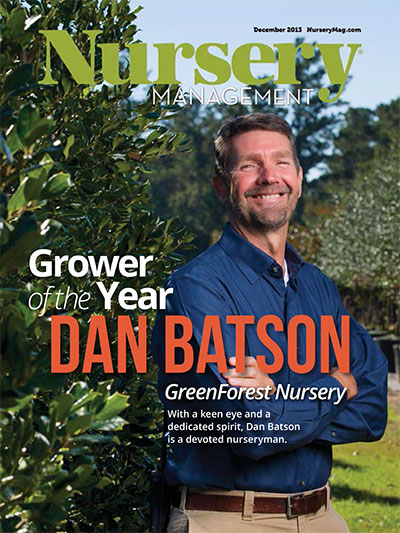
Explore the December 2013 Issue
Check out more from this issue and find you next story to read.
Latest from Nursery Management
- Proven Winners introduces more than 100 new varieties for 2025
- CIOPORA appoints Micaela Filippo as vice secretary-general
- Registration opens for Darwin Perennials Day
- April 2024 issue recap
- U.S. Department of Labor finalizes farmworker protection rule
- Azo Root is now available from Harrell’s
- Smith Gardens assumes operations of Skagit Horticulture
- Garden Media Group announces the fifth annual Women in Horticulture Week

